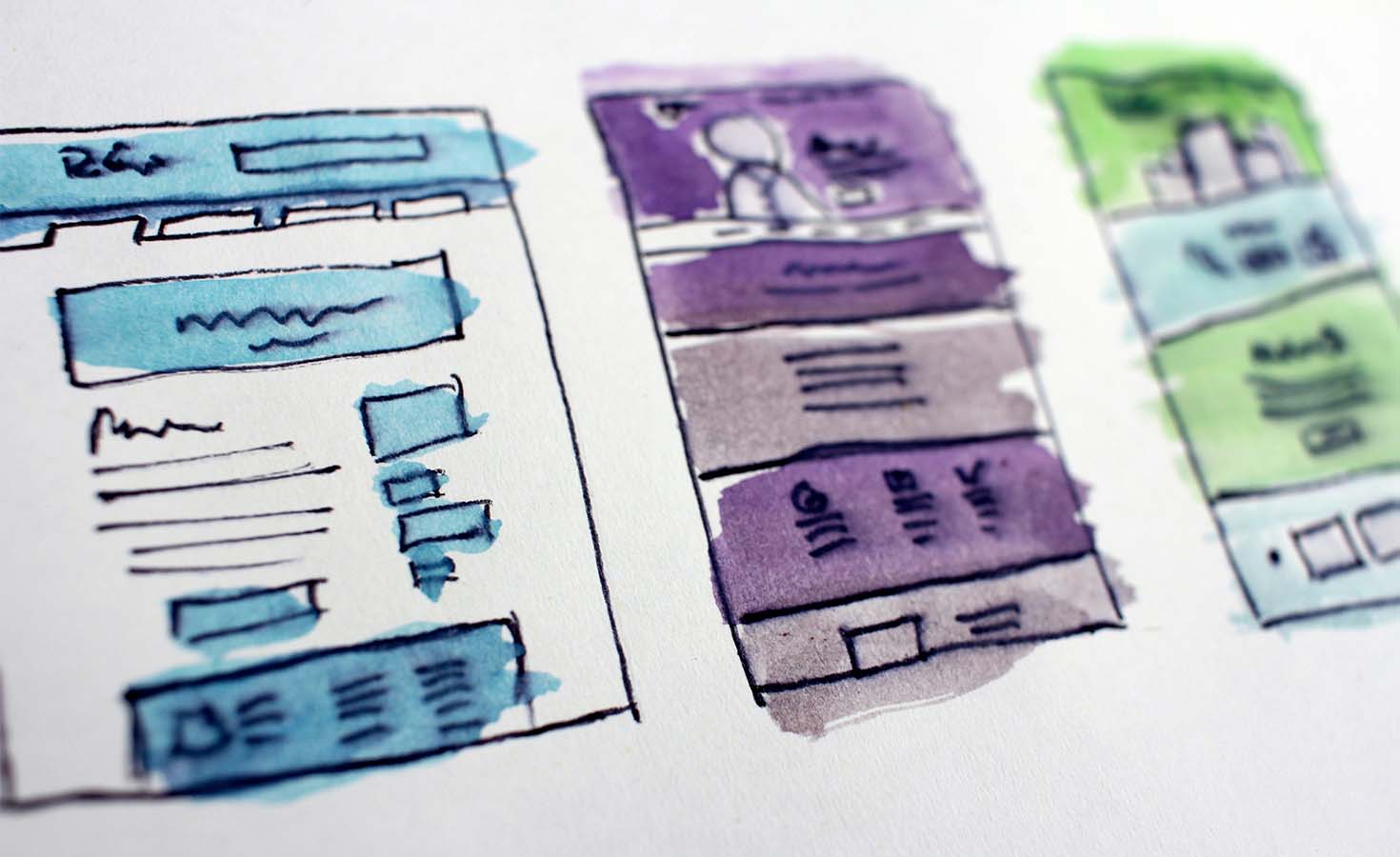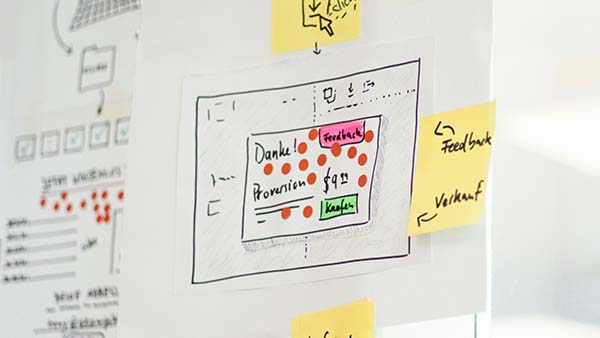
Without an audience, marketing has no purpose. Which is exactly why putting your audience’s perspective, needs, and interests first is critical to the success of your brand. Which includes your brand’s website. So let’s dive into understanding user-friendliness and what it means for a site.
User-friendly faces
In the simplest terms, a user-friendly website is one that doesn’t make a user think. In the best way. With one click of a link — or, at most, a quick peruse of a site’s dropdown list — the user can find the exact information they were searching for. In the shortest time possible.
Having a user-friendly website makes it easier for your audience to find the information they’re seeking, no matter which device they’re using. This ultimately increases the time they spend on your website, which quickly turns into conversions, leads, and sales. But even if a sale isn’t the final outcome, an easy-to-navigate site that caters to the needs of real people boosts both the credibility and reputation of your brand.
Favorable yet functional
User comprehension, accessibility, and overall site function go hand in hand (in hand). Every bit of interaction on a website should be created with the user in mind. No matter what that functionality is, the user should be able to start using it without having to put a lot of effort into it. Quick load times, accessibility features — like screen readers — and usable forms are just as important as direct and informative landing pages and cross-device readability and functionality.
Now more than ever, people’s attention spans are ever-fleeting. If a user lands on a specific page and it isn’t exactly what they need (or they aren’t able to immediately find the right page), a site runs the risk of losing visitors — and every ounce of potential those visitors hold. In a world where every brand is competing for limited attention, you need to ensure you’re making the most of the limited time you’re granted.

The how
It’s easy to say a brand needs a user-friendly site. It’s more difficult to make it happen. So, start with the basics.
Develop a strategy that will reflect your brand’s goals and what purposes your website will serve. Then, gather all your content that’s truly beneficial — not filler content or overworked copy. Afterward, it’s time to organize. Place the information on labeled and distinct pages, and arrange it in a way that makes sense to the target audience. Make content easy to find and even easier to digest.
Now it’s time to dig a little deeper. There are several factors that go into developing a user-friendly webpage. However, there are common, key components found on almost any site worthy of the title user-friendly. They include:
- Fast Load Times
- Simple and Consistent Navigation
- Proper Error Handling
- Usable Forms
- Accessibility for All Users
- Responsive Design
- Mobile-Friendly Layout
- Easy-to-Scan Content
- Search Functionality
Put it to the test
Last — but never least — test. Test everything, and adapt based on feedback.
Self-testing while paying attention to the characteristics of what a “user-friendly website” is can be beneficial. But the best and most effective way is to user test your website. Gather a range of people, of different ages, with varying technical backgrounds, then watch how they interact with the site. Listen to, digest, then implement their feedback, and continue to do this as more feedback arises. Being willing to change and adapt will increase the accessibility and functionality of the website.
One last reminder
As a general rule, users are drawn to website features that feel familiar. A web page is a brand’s first impression, so pour effort into making something the audience is confident in using. With an easy-to-navigate, user-friendly site, the initial use can lead to a lifelong consumer.
Need help developing a user-friendly website that your audience can feel confident in using? We’d love to chat.

